Most of the time, when troubleshooting your device, it is recommended that you use the Safe Mode option since this only loads the basic drives needed for Windows 10. Unfortunately, though, it can happen that Safe Mode is not working, and your device keeps crashing in Windows 10, which usually indicates that something else may be severely wrong with your device. Even though many causes are creating this problem, we will explore how you can work around the issue most efficiently in this article, so make sure to keep reading.
Why does my PC still crash in Safe Mode?
From user experience, your PC may still crash in Safe Mode for varying reasons. Top of the list is the following:
Hardware failure or incompatibility – Safe Mode loads only the primary drivers and services required for the system to function. If any of your PC’s hardware components are faulty or incompatible with your system, it may still cause issues in Safe Mode. Corrupted system files – Safe Mode loads a minimal set of system files, but if any of those files are corrupted or missing, it can still cause issues. This can lead to error messages, crashes, and other problems. Malware or virus infections – While Safe Mode is designed to prevent malware and viruses from running, some types of malicious software may still be able to cause problems in Safe Mode. Driver issues – Safe Mode uses a limited set of drivers, but if any of those drivers are outdated, incompatible, or corrupt, it can cause problems. Overheating – If your PC is overheating, it can cause crashes and other issues, even in Safe Mode. Power supply problems – If your power supply unit (PSU) is failing or not providing enough power to your PC, it can cause issues in Safe Mode. RAM or hard drive problems – Faulty RAM or a failing hard drive can cause crashes and other issues in Safe Mode. Corrupted user profile – If your user profile is corrupted, it can cause issues in Safe Mode.
The solutions we recommend below would be essential in fixing crashes in Safe Mode.
How can I fix Safe Mode crashing in Windows 10?
1. Perform an antivirus scan
Malware or viruses on your Windows 10 device can have many adverse effects, including making it crash even when opening it in Safe Mode. This is why performing an antivirus scan is the first thing you must do. Note that your device may not be fully protected if you only use Windows Defender. For this reason, we recommend you try a third-party antivirus with high detection rates. The market is full of excellent antiviruses that provide many features for all types of users. The main assets to look for when choosing your antivirus are extensive and constantly updated threat databases, online privacy features, a strong firewall, multi-layered protection, and a small footprint so you won’t compromise performance.
2. Run a file checker scan
After running this scan, the corrupted files will be repaired, so check if Safe Mode crashes on Windows 10.
3. Run a Check Disk scan
By running this command, you’ll scan your partition for damaged sectors and files. Hopefully, the scan will repair the problem, and the issue should disappear. SPONSORED
4. Run DSIM Command
DISM scan should repair your installation, and after the process is finished, check if Safe Mode crashes on Windows 10.
5. Replace damaged RAM
5.1 Check if the RAM is damaged
If MemTest86 detects any issues with your RAM, replace it since it’s faulty.
5.2 Replace the damaged RAM
It would be best to head to your laptop manufacturer’s website to find your best RAM replacement options. You would need one that is compatible with your specific laptop. Once it is replaced, you may verify if Windows 10 Safe Mode keeps crashing.
6. Perform a System Restore
Once your system is restored, check if Safe Mode crashes still occur in Windows 10.
7. Reinstall Windows 10
It’s worth mentioning that reinstalling Windows will remove files from your system partition; therefore, be sure to back them up. In addition, you might need a Windows 10 installation media to complete the process, so be sure to have one ready, just in case. For more in-depth instructions, check our Windows 10 factory reset guide. That is about all. We hope that by following the recommendations provided in this article, you managed to successfully fix Safe Mode crashes in Windows 10. If you have additional recommendations or suggestions, please share them with us in the comments section below.
Name *
Email *
Commenting as . Not you?
Save information for future comments
Comment
Δ


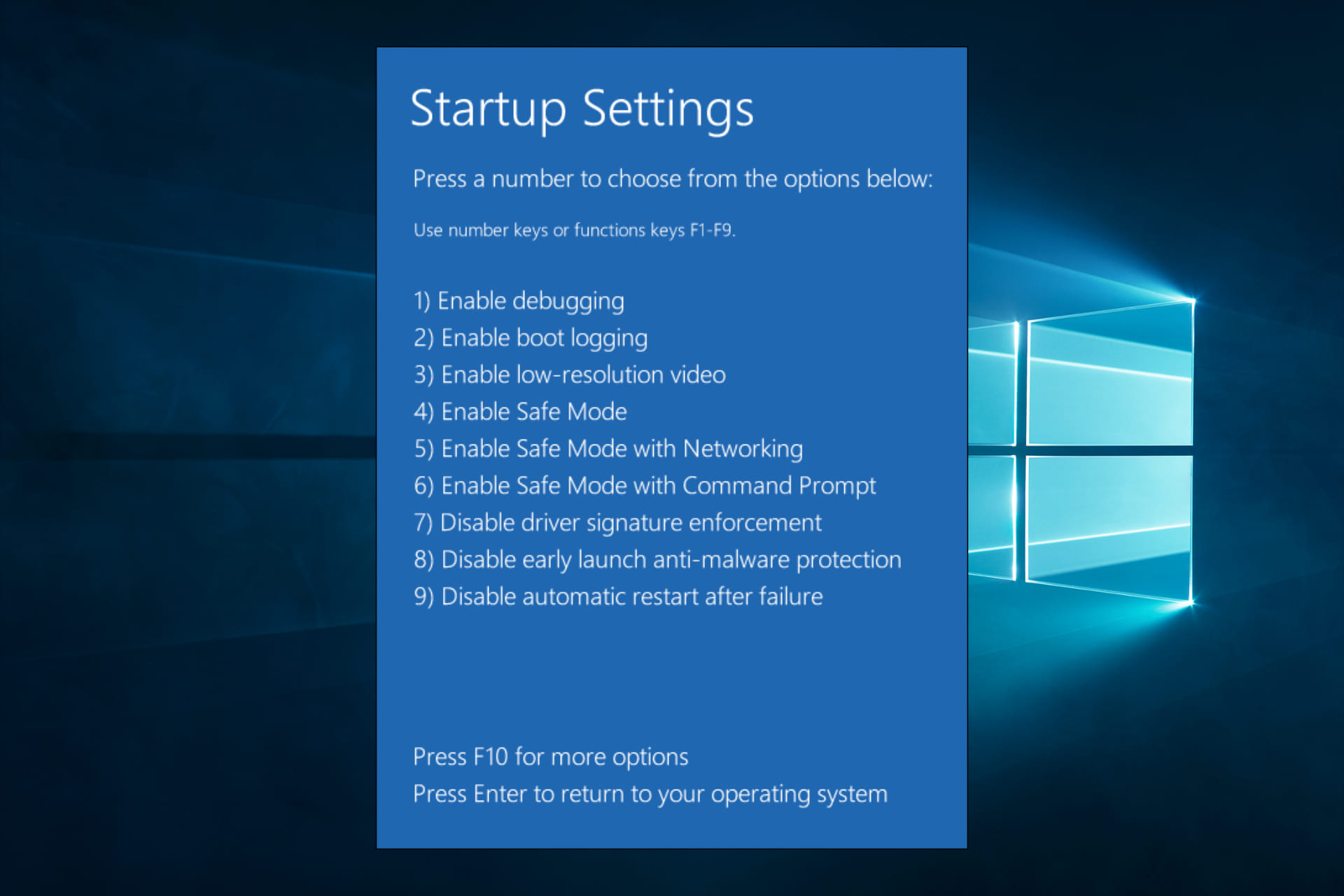
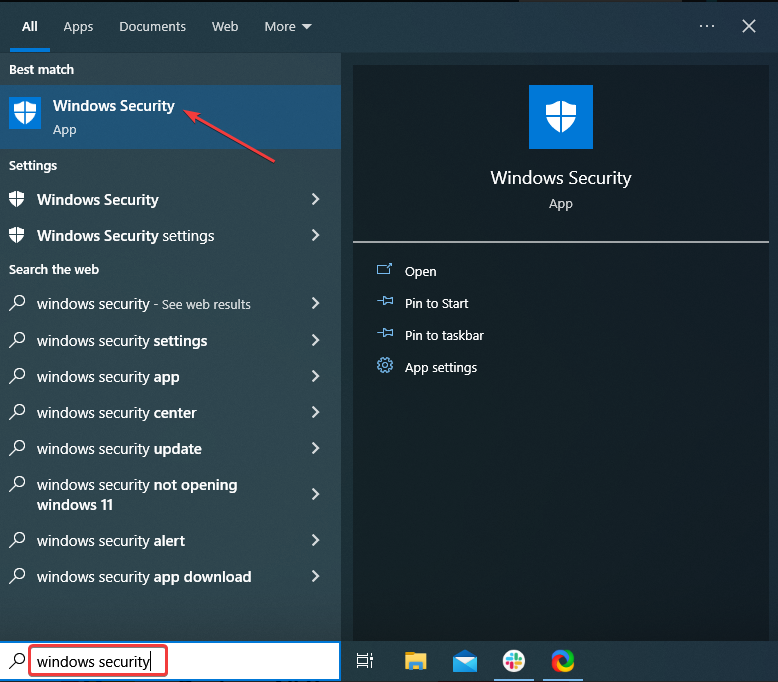

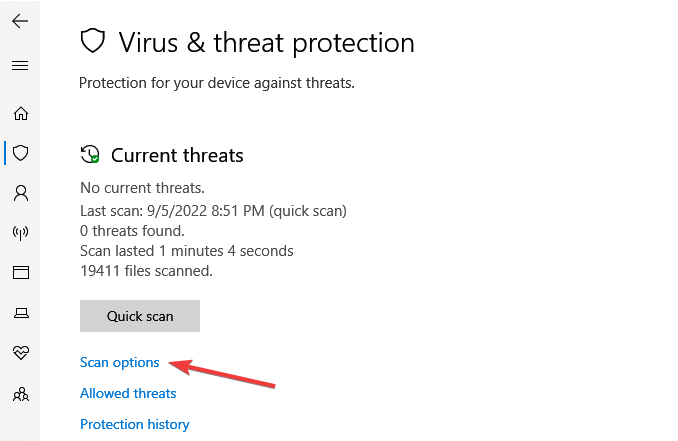
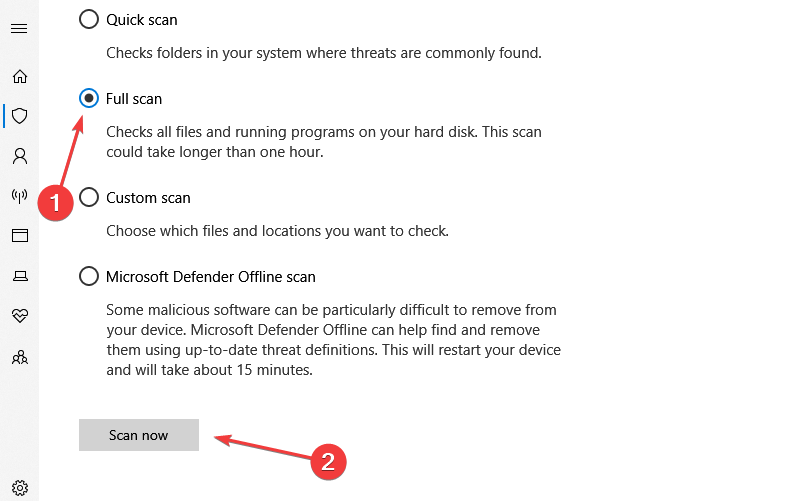
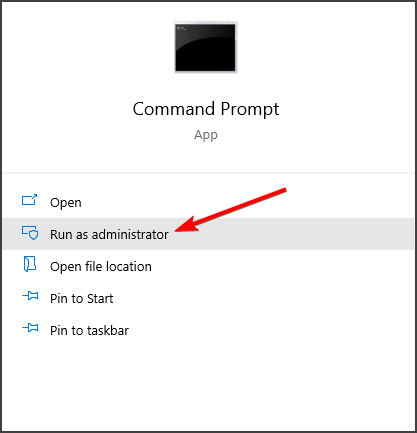
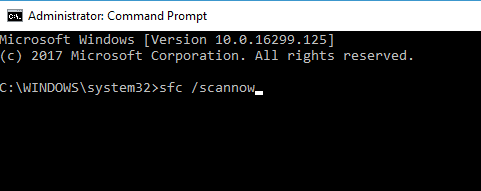


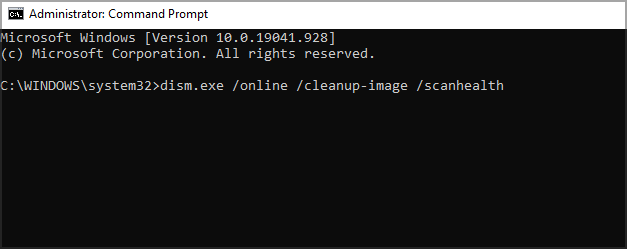



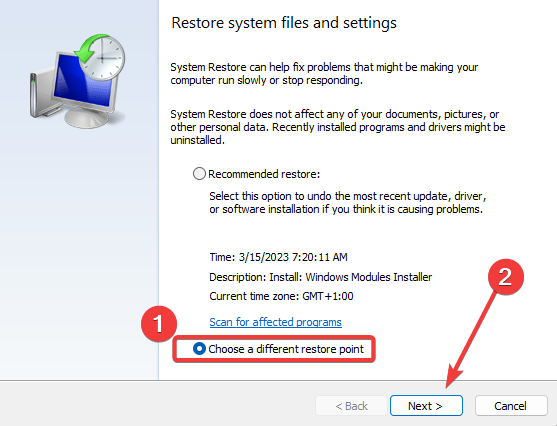
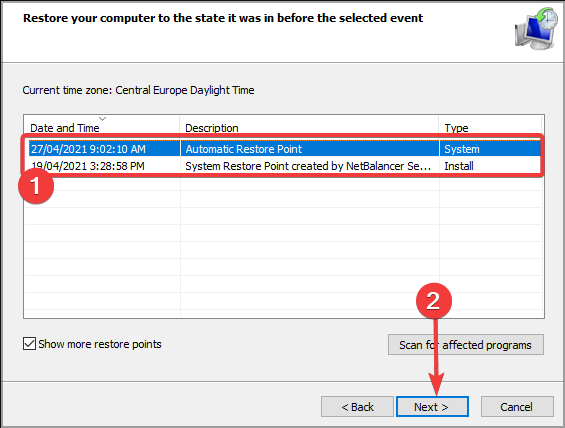

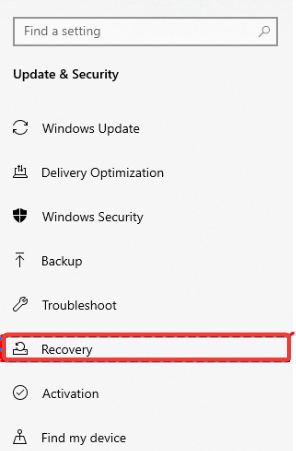


![]()